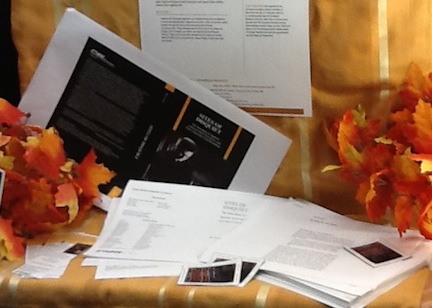Sites of Disquiet: The Non-Space in Spanish American Short Narratives and Their Cinematic Transformations
Ilka Kressner
Some of the most important writers of the twentieth century, including Borges, Cortázar, Rulfo, and García Márquez, have explored ambiguous sites of a disquieting nature. Their characters face merging perspectives, deferral, darkness, or emptiness. Such a space is neither a site of projection (as utopia or dystopia) nor a neutral setting (as the topos). For the characters, it is real and active, at once elusive and transforming. Despite the challenges of visualizing such slippery spaces, filmic experimentations in Spanish American cinema since the 1960s have sought to adapt these texts to the screen. Ilka Kressner’s Sites of Disquiet examines these representations of alternative dimensions in Spanish American short narratives and their transformations to the cinematic screen. The study is informed by contemporary critical approaches to spatiality, especially the concepts of atopos (non-space), spaces of mobility, sites of différance, of a self-effacing presence, and sonic spaces.
Kressner’s comparative study of textual and cinematic constructions of non-spaces highlights the potential and limits of inter-arts adaptation. Film not only portrays the sites in ways that are intrinsic to the medium, but during the cinematic translation, it further develops the textual presentations of space. Text and film illuminate each other in their renderings of echoes, gaps, absences, and radical openness. The shared focus of the two media on precarious spaces highlights their awareness of the physical and situational conditions in the works. Therefore, it vindicates the import of space and dwelling, and the often underestimated impact of surroundings on the human body and mind. Despite their heterogeneity, the artistic elaborations of these ambivalent atopoi all share a liberating impulse: they assert creative and open-ended interactions with space where volatility ceases to be a negative term.
“Sites of Disquiet offers a compelling and persuasive argument about how a cluster of written and connected cinematic texts—characterized as ‘disquieting space-fictions’—engage space in intriguing and intersecting ways.”—Richard Gordon, University of Georgia
"Ilka Kressner conveys, with her intermedia focus, the idea that there exists a space to travel between the literary and the filmic, that permits exchanges between the two artistic expressions, but that also opens the possibilty of autonomy for each medium."—Marcos Wasem, Iberoamericana 16.6 (2016):316–19
"Sites of Disquiet is an erudite and thoughtful examination of a series of Latin American classic literary works and the films made in reference to them. In her analysis, Kressner exposes the complexity of the dialogue between literature and film. … Kressner's excellent book reveals [the films'] fascinating side as critical commentary on the literary texts they reference"--Diane E. Marting, Hispanic Review 84.1 (2016): 104-07
Ilka Kressner, University at Albany, State University of New York, specializes in twentieth-century to contemporary Spanish American literature and arts, often from a comparative perspective. Her research interests include intermediality (word, image, sound), notions of space in art (encompassing the related topics of vertigo, free fall, and velocity), ecocriticism, and aesthetics of interaction.
PSRL 58. 2013. xviii, 169 pp. Paper ISBN 978-1-55753-654-9 $45.00; E-Book available, $38.99.
Display case in Stanley Coulter Hall, September 16-25, 2013.
Sites of Disquiet is the 58th volume in PSRL published with Purdue University Press and the 100th volume in the entire series. The first 42 volumes were published by John Benjamins as Purdue University Monographs in Romance Languages
Information last updated June 24, 2015
For further information about this book, contact the production editor at clawsons@purdue.edu

